Services
Effluent Treatment Plant (ASP/USAB/MBBR/MBR)
Zero Liquid Discharge Plant (ZLD)
Drinking Water Treatment Plant
Water treatment Chemical Supply
Sewage Treatment Plant-Image
Rainwater Harvesting

Effluent Treatment Plant (ASP/USAB/MBBR/MBR)
Effluent Treatment Plant or ETP is one type of wastewater treatment method which is mainly designed to purify industrial wastewater for its reuse and its aim is to release safe water to the environment from the harmful effect caused by the effluent.
Industrial effluents contain various materials, depending on the industry. Some effluents contain oils and grease, and some contain toxic materials (e.g., cyanide). Effluents from Textiles, Leather food, and beverage factories contain degradable & non-degradable organic pollutants. Since industrial wastewater contains a diversity of impurities, specific treatment technology called ETP is required.
The ETP Plant works at various levels and involves various physical, chemical, biological, and membrane processes to treat wastewater from different industrial sectors like textile, Hospital, Pulp & Paper, Chemicals, Food & Beverage, pharmaceutical, refineries & dairy, etc.
Benefits of ETP:
- To clean industry effluent and recycle it for further use
- To reduce the usage of fresh water in industries
- To preserve the natural environment against pollution
- To meet the standards for the emission of pollutants set by the Government & avoid heavy penalty
- To reduce expenditure on water acquisition
Industrial Effluent Treatment Process:
The treatment of different effluents varies with the type of effluent. Wastewater enters the effluent or sewage treatment plant and goes through several processes before effluent goes into the environment. Industrial effluent treatment plant process include the following stages:
Preliminary Treatment: Its objective is physical separation of large sized contaminants. For example cloth, paper, plastics, wood logs etc. This level/process includes:
Screening: This is the first unit operation that occurs in wastewater treatment plants. A screen is a device with uniform openings and its purpose is to remove large floating solids.
Sedimentation: It is a physical water treatment process using gravity to remove suspended solids from water.
Grit Chamber: The wastewater that moves into the grit chamber removes the dense inorganic solids such as gravel, metal fragments, and sand which have made their way into the sewers. Removal of grit can prevent damaging pumps & operational difficulties.
Clarifiers: These are tanks built with mechanical means for the continuous removal of solids being deposited by sedimentation before biological treatment.
Primary Treatment:
Its aim is the removal of floating and settleable materials such as suspended solids and organic matter. In this treatment, both physical and chemical methods are used. It includes:
Flocculation: Flocculation is a physical process and does not involve the neutralization of charge. It involves the addition of destabilized particles together into large aggregates so that they can be easily separated from the water.
Coagulation: This is a process in which coagulants are added for the purpose of rapid settlement of minute solid particles in a liquid into a larger mass. It permits particle removal by sedimentation and filtration.
Neutralization: The main purpose of this process helps in maintaining the pH range of 6-9 to meet the requirements of different processing units in ETP systems.
Primary Clarifiers: These are used to slow the velocity of the water to a point where organic solids will settle to the bottom of the tank and it contains equipment that is used to remove floating solids and greases from the surface.
Secondary or Biological Treatment:
The objective of this treatment is the further treatment of the effluent from primary treatment to remove the suspended solids and residual organics. In this step, biological and chemical processes are involved.
Activated Sludge Process: This is used for treating industrial wastewater using air and a biological floc composed of bacteria.
Aerated Lagoons: A treatment pond provided with artificial aeration to promote the biological oxidation of wastewater.
Trickling Filters: Trickling filters, also known as sprinkling filters, are commonly used for the biological treatment of domestic sewage and industrial wastewater.
Tertiary/Advanced/Disinfection Treatment:
The purpose of tertiary treatment is to provide a final treatment stage to raise the effluent quality to the desired level before it is reused, recycled or discharged to the environment.
Chemical Coagulation and Sedimentation: It is used to increase the removal of solids from effluent after primary and secondary treatment.
Filtration:
The clarified wastewater is first passed through the adjacent filtration plant which contains large filter blocks to ensure high-quality water.
Reverse Osmosis: In this process, pressure is used to force effluent through a membrane that retains contaminants on one side and allows the clean water to pass to the other side.
UV Disinfection: It is considered an ideal disinfectant for industrial wastewater. It leaves no residual disinfectant in the water by ensuring the water quality. It does not produce any disinfection by-products.
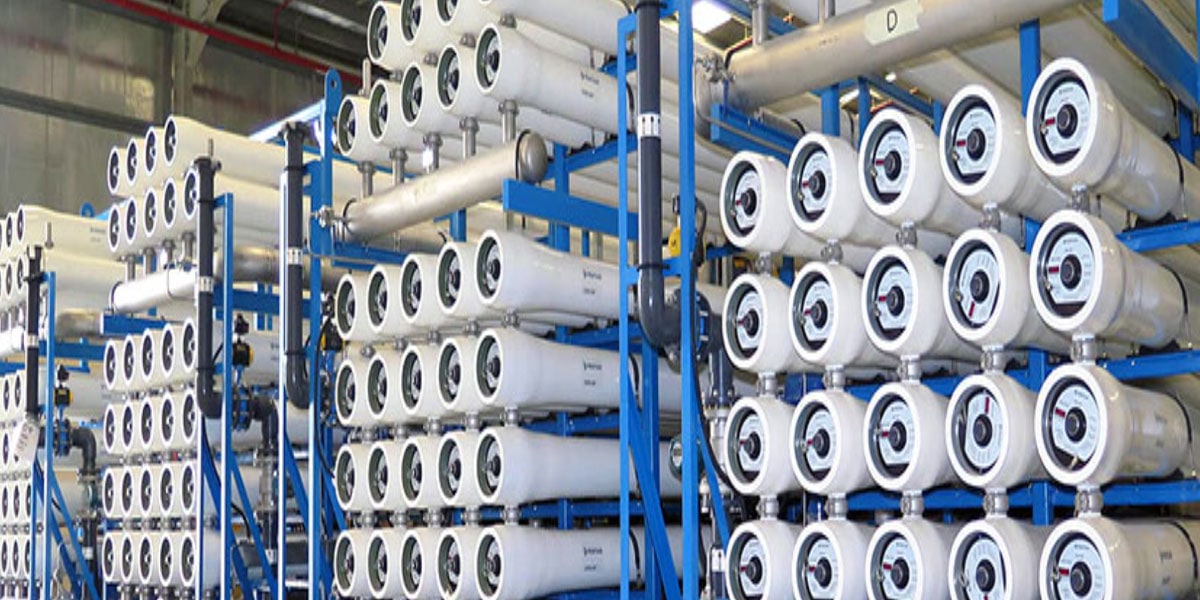
Zero Liquid Discharge Plant (ZLD)
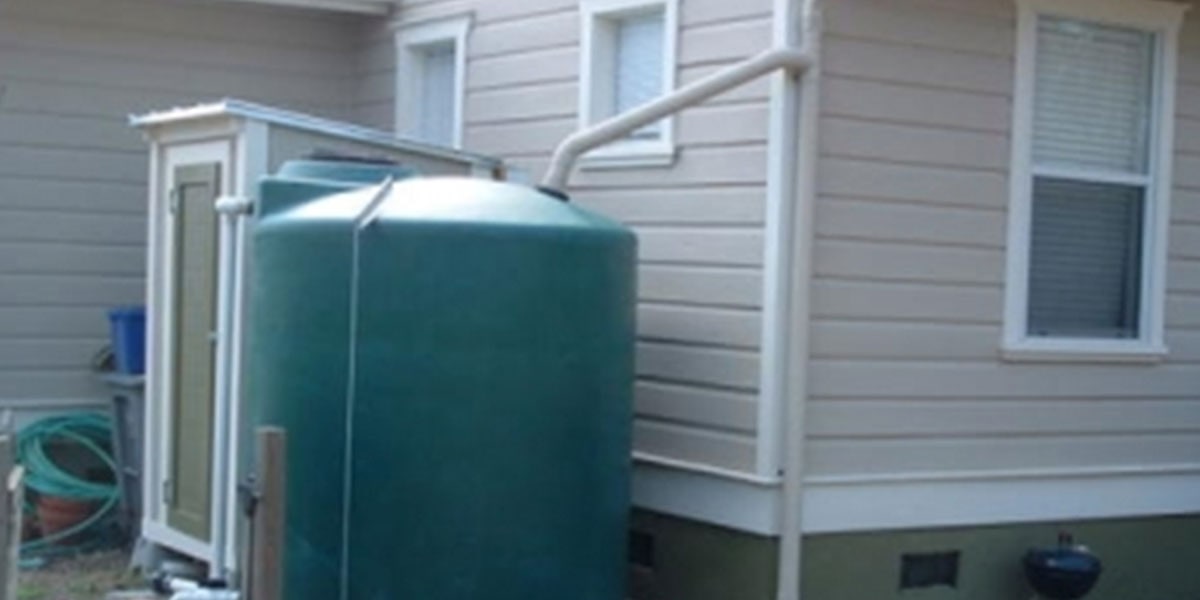
Drinking Water Treatment Plant
Globally, by 2015, 89% of people had access to water from a source that is suitable for drinking – called improved water source. In sub-Saharan Africa, access to potable water ranged from 40% to 80% of the population. Nearly 4.2 billion people worldwide had access to tap water, while another 2.4 billion had access to wells or public taps. The World Health Organization considers access to safe drinking-water a basic human right.
About 1 to 2 billion people lack safe drinking water. Water can carry vectors of disease. More people die from unsafe water than from war, then-U.N. secretary-general Ban Ki-moon said in 2010. Third world countries are most affected by lack of water, flooding, and water quality. Up to 80 percent of illnesses in developing countries are the direct result of inadequate water and sanitation. According to a report by UNICEF and UNESCO, Finland has the best drinking water quality in the world.
Treatment for drinking water production involves the removal of contaminants and/or inactivation of any potentially harmful microbes from raw water to produce water that is pure enough for human consumption without any short term or long term risk of any adverse health effect. In general terms, the greatest microbial risks are associated with ingestion of water that is contaminated with human or animal (including bird) faeces. Faeces can be a source of pathogenic bacteria, viruses, protozoa and helminths. The removal or destruction of microbial pathogens is essential, and commonly involves the use of reactive chemical agents such as suspended solids, to remove bacteria, algae, viruses, fungi, and minerals including iron and manganese. Research including Professor Linda Lawton’s group at Robert Gordon University, Aberdeen is working to improve detection of cyanobacteria.[6] These substances continue to cause great harm to several less developed countries who do not have access to effective water purification systems.
Measures taken to ensure water quality not only relate to the treatment of the water, but to its conveyance and distribution after treatment. It is therefore common practice to keep residual disinfectants in the treated water to kill bacteriological contamination during distribution and to keep the pipes clean.
Water supplied to domestic properties such as for tap water or other uses, may be further treated before use, often using an in-line treatment process. Such treatments can include water softening or ion exchange
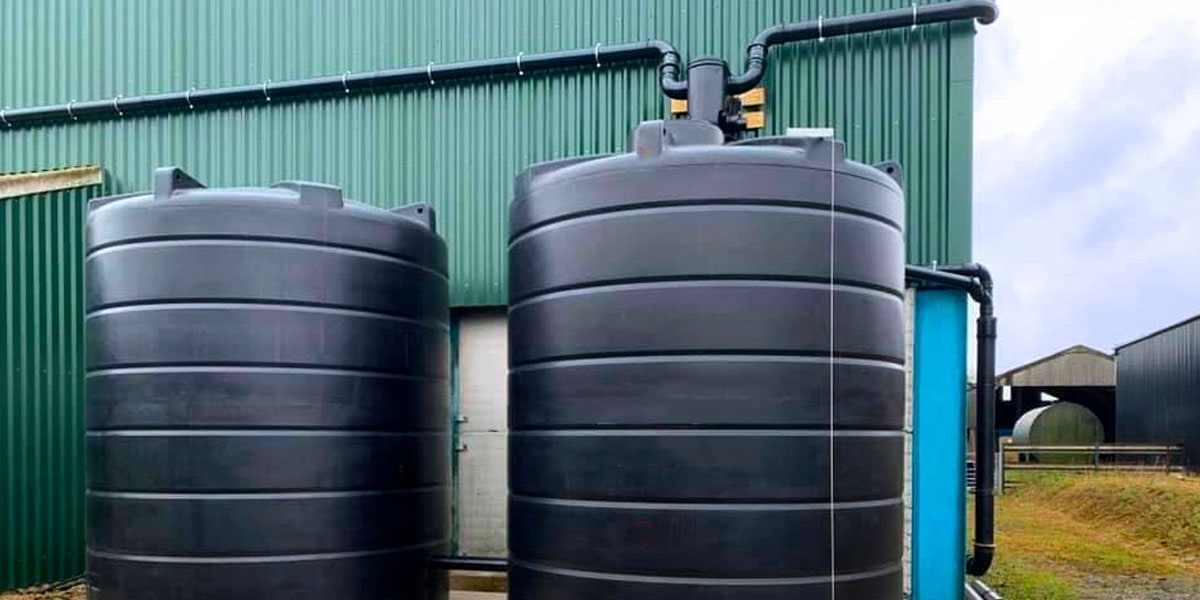
Rainwater Harvesting
How to Harvest the Rainwater?
Rainwater harvesting systems consist of the following components:
Catchment: Used to collect and store the captured rainwater.
Conveyance system: It is used to transport the harvested water from the catchment to the recharge zone.
Flush- It is used to flush out the first spell of rain.
Filter: Used for filtering the collected rainwater and removing pollutants.
Tanks and recharge structures: Used to store the filtered water which is ready to use.
The process of rainwater harvesting involves the collection and the storage of rainwater with the help of artificially designed systems that run off naturally or man-made catchment areas like- the rooftop, compounds, rock surface, hill slopes, artificially repaired impervious or semi-pervious land surface.
Several factors play a vital role in the amount of water harvested. Some of these factors are:
- The quantum of runoff
- Features of the catchments
- Impact on the environment
- Availability of the technology
- The capacity of the storage tanks
- Types of the roof, its slope, and its materials
- The frequency, quantity, and quality of the rainfall
- The speed and ease with which the rainwater penetrates through the subsoil to recharge the groundwater.
Why do we Harvest Rainwater?
Advantages of Rainwater Harvesting
The benefits of the rainwater harvesting system are listed below.
- Less cost.
- Helps in reducing the water bill.
- Decreases the demand for water.
- To Achieve SDGs Goal
- To progress approval Zero Discharge plan requirements
- Reduces the need for imported water.
- Promotes both water and energy conservation.
- Improves the quality and quantity of groundwater.
- Does not require a filtration system for landscape irrigation.
- This technology is relatively simple, and easy to install and operate.
- It reduces soil erosion, stormwater runoff, flooding, and pollution of surface water with fertilizers, pesticides, metals, and other sediments.
- It is an excellent source of water for landscape irrigation with no chemicals, or dissolved salts, and free from all minerals.
- Rainwater is caught and used to recharge aquifers by adopting appropriate techniques.
So Just How Much Rain Can I Collect
Easy to Remember Formula: 1″ of rainfall over 1,000 sf will yield 623 gallons
To calculate the amount of rainwater you can collect, you need to know your annual average precipitation for your area. You can use the precipitation map below to find an approximate amount for your area.
What Are The Different Methods To Collect Rainwater?
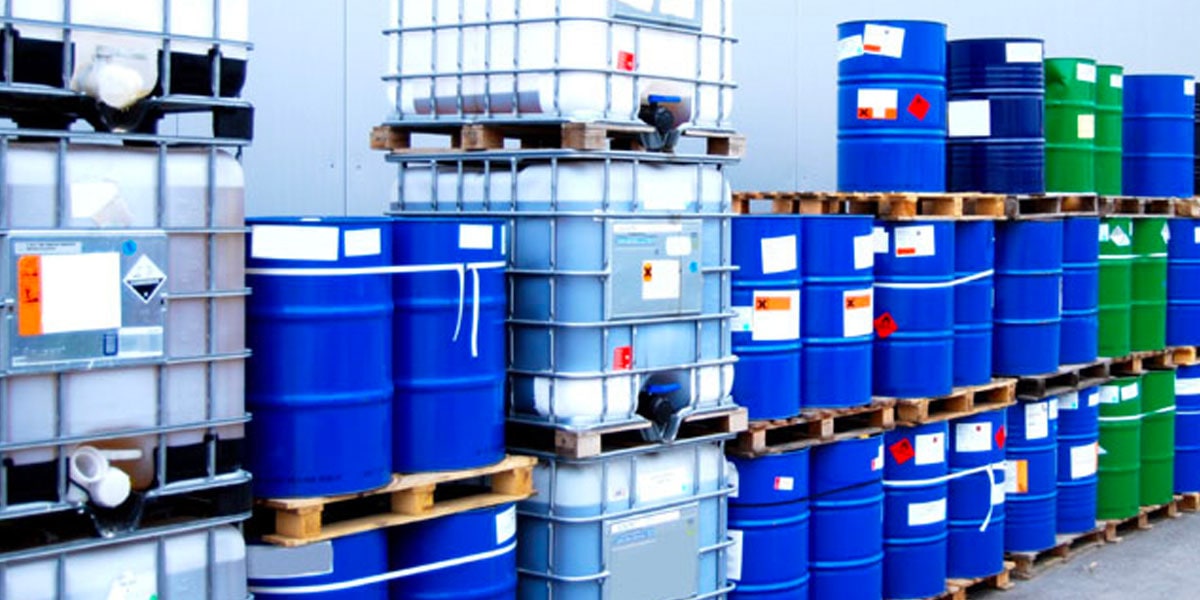
Water treatment Chemical Supply
ABC…
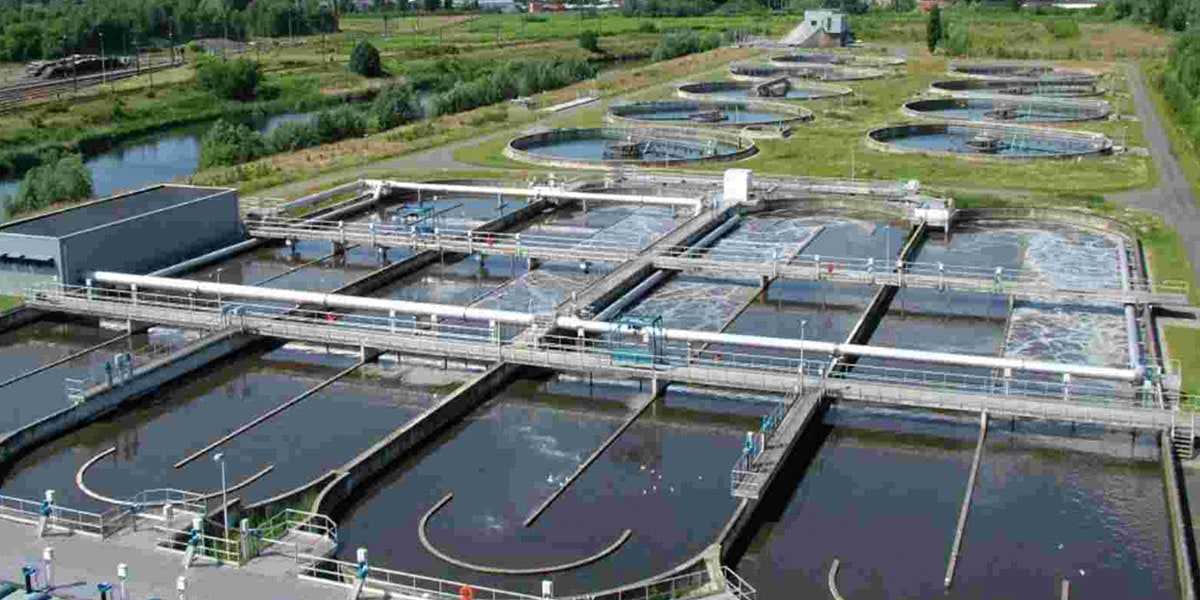
Sewage Treatment Plant-Image
What is Sewage or Domestic Wastewater and why treat it?
Sewage or Domestic wastewater treatment plays an important role nowadays. Domestic waste treatment ensures that all household sewage is properly treated to make it safe, clean and suitable for releasing back into the environment, lakes, or streams. Home sewage systems are designed to treat all of the liquid waste generated from a residence. Possible contaminants in household wastewater include disease-causing bacteria, infectious viruses, household chemicals, and excess nutrients such as nitrate.
